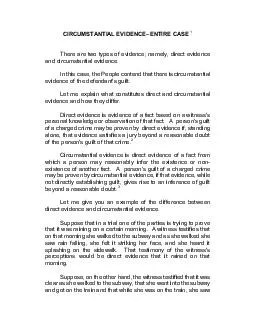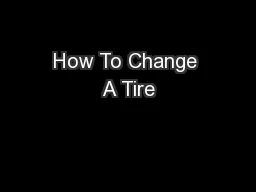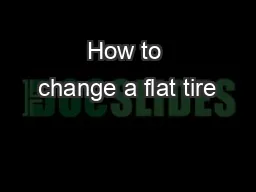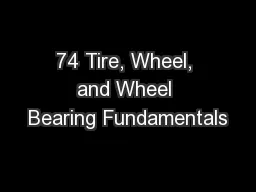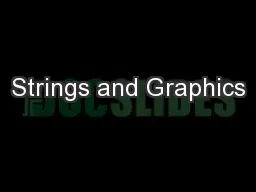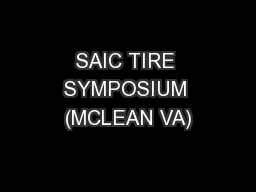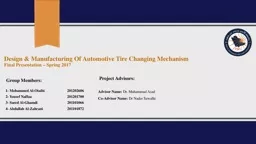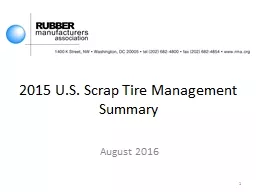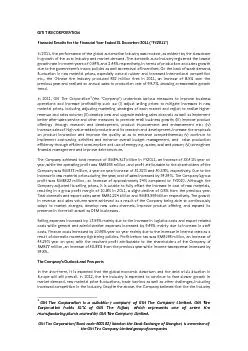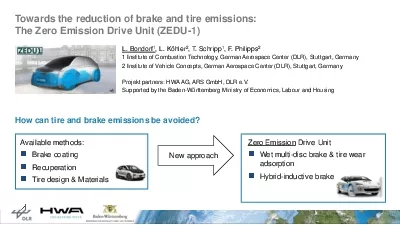PDF-CIRCUMSTA NTIA L EVIDENCEEN TIRE CA SE he re are tw o typ es of ev idence namel y di
Author : lois-ondreau | Published Date : 2015-03-05
In this case the People conten d that there is circumstantial evid ence of the def endant s gui lt Let me expl ain what constitu tes di rect and circumstantial evidence
Presentation Embed Code
Download Presentation
Download Presentation The PPT/PDF document "CIRCUMSTA NTIA L EVIDENCEEN TIRE CA SE h..." is the property of its rightful owner. Permission is granted to download and print the materials on this website for personal, non-commercial use only, and to display it on your personal computer provided you do not modify the materials and that you retain all copyright notices contained in the materials. By downloading content from our website, you accept the terms of this agreement.
CIRCUMSTA NTIA L EVIDENCEEN TIRE CA SE he re are tw o typ es of ev idence namel y di: Transcript
Download Rules Of Document
"CIRCUMSTA NTIA L EVIDENCEEN TIRE CA SE he re are tw o typ es of ev idence namel y di"The content belongs to its owner. You may download and print it for personal use, without modification, and keep all copyright notices. By downloading, you agree to these terms.
Related Documents

